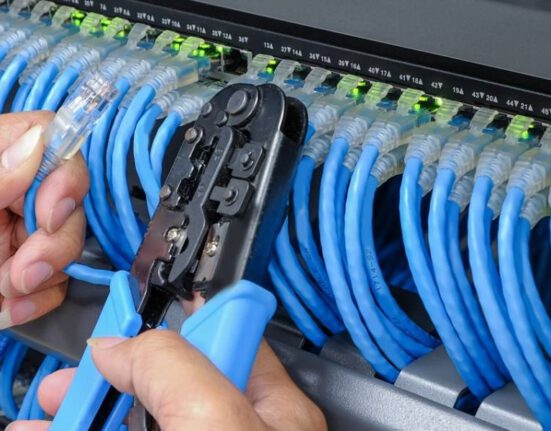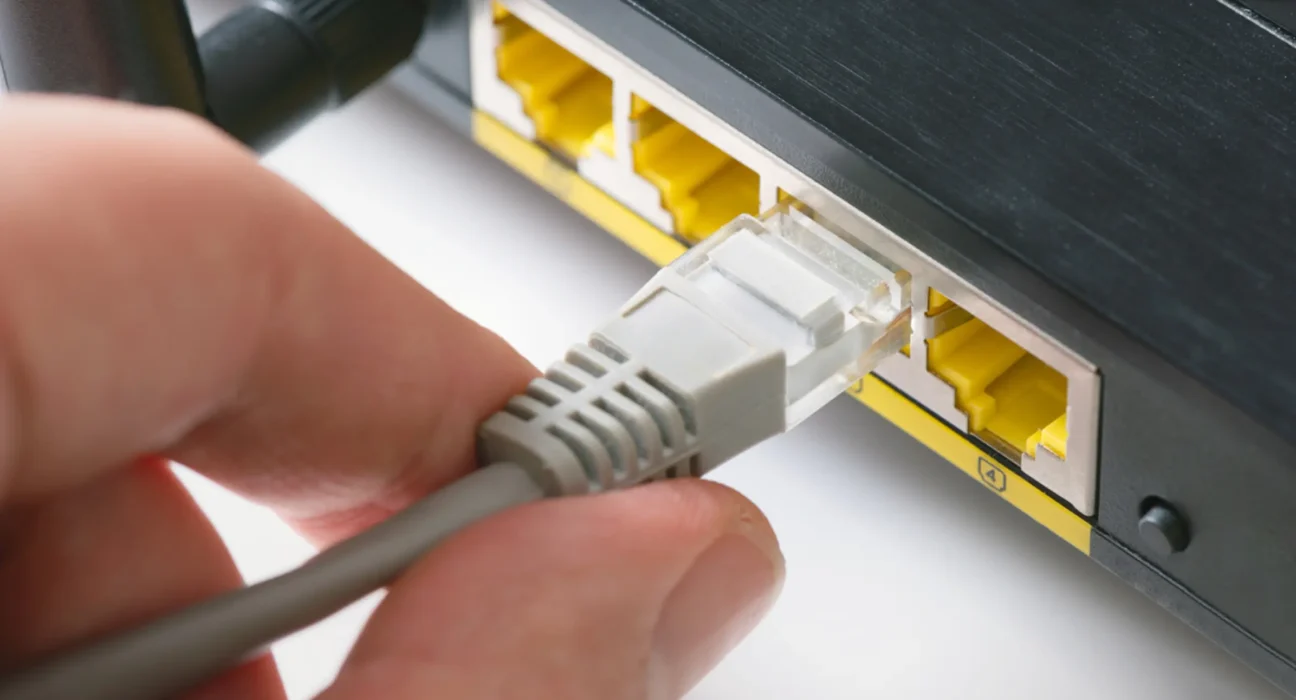You’ve probably wondered, “What is an Ethernet cable used for?” If so, you’re not alone. More people are using this technology every day to connect their computers, tablets, and phones to a network. Ethernet cables make it possible for them to connect to shared resources such as printers, routers, and internet access. It is like the manual Wi-Fi connection, except that it is not infallible.
The size of the conductors in an Ethernet cable limits its maximum distance. A thinner wire encounters greater resistance, resulting in loss of signal. In order to overcome this, engineers changed the position of the wires every few poles to decrease distortion. Twisting also became more common, with wire transposition and loose twist rates reaching up to six turns per mile. However, while this may seem like an important difference in the number of turns, it’s not the only thing to consider when choosing an Ethernet cable.
Ethernet cables are ubiquitous, and often include shielding to protect them from electromagnetic and radio frequency interference. A shielded cable can reduce crosstalk between adjacent cables. A shielded cable can prevent crosstalk and improve the transmission of data. There are several types of Ethernet cables available, ranging from short to long. Most cables are 50 to 75 meters long, though there are some that are as long as 225 feet.
Solid cables are more durable than stranded cables, but have slightly better electrical performance. They also suffer less from high-frequency effects. They are more common in business environments, such as wiring in lab floors and office walls. Stranded cables, on the other hand, are less flexible. They are better suited for home network setups. A crossover cable connects two computers. The majority of Ethernet cables are shorter and connect one to a router.
In addition to speed, Cat 5 cables support data transfer rates of up to 100Mbps and are often shielded. These cables are denser and less flexible than Cat 6, but they can also handle twice the bandwidth. The data rate of Cat 6a cables is also double that of Cat 6.
Choosing the right type of cable is important. If you are relying on the cable for your network, choose the correct type for its speed and distance. Ethernet cables are often classified as Cat-5, Cat-6, and Cat6e. The higher the number, the faster the transmission speed. These cables typically have higher frequencies, measured in megahertz (MHz).
Whether or not an Ethernet cable is required for your network, you’ll need a cable adapter or converter for the connection. Ethernet cables are universal and support most hardware. Ultra-modern laptops can also be connected to an Ethernet cable with an adapter. Ethernet cables provide a faster connection than wi-fi. Ethernet cables do not suffer from wi-fi interference, distance from the router, or anything else that might block the signal.











Leave feedback about this